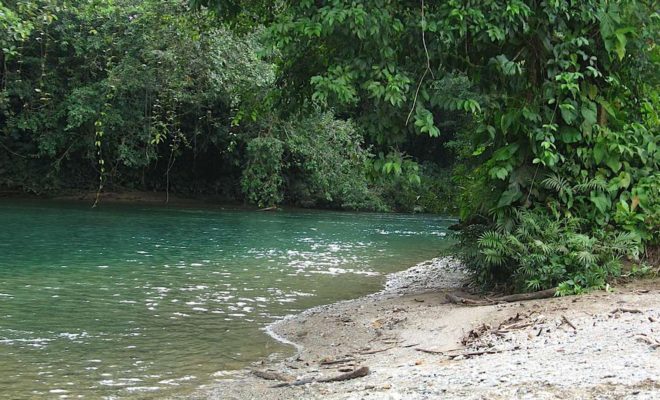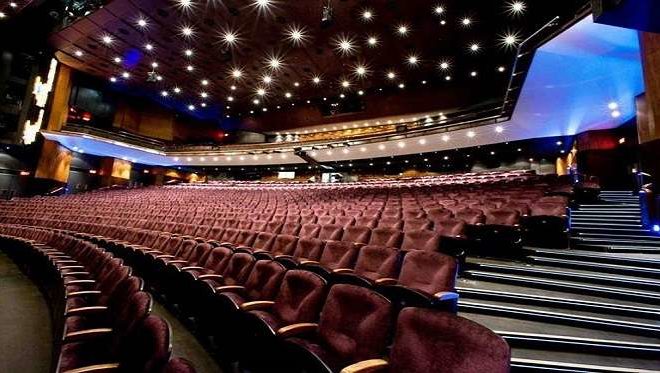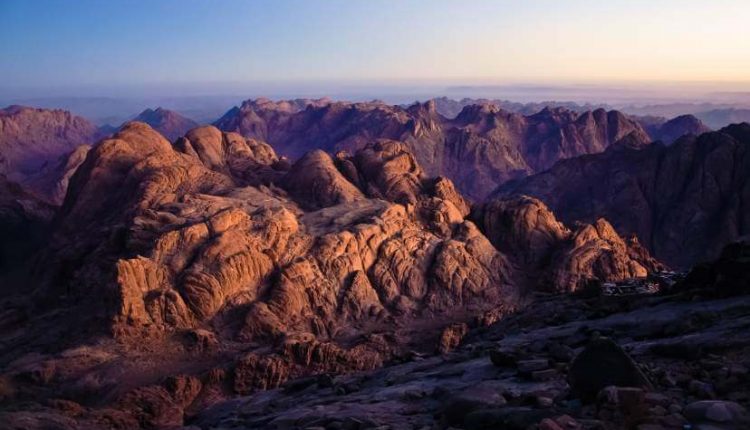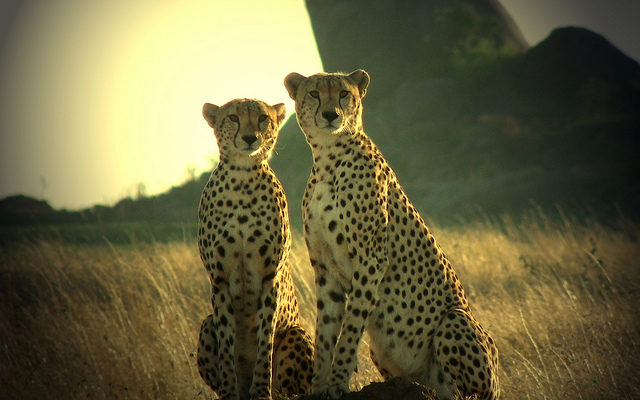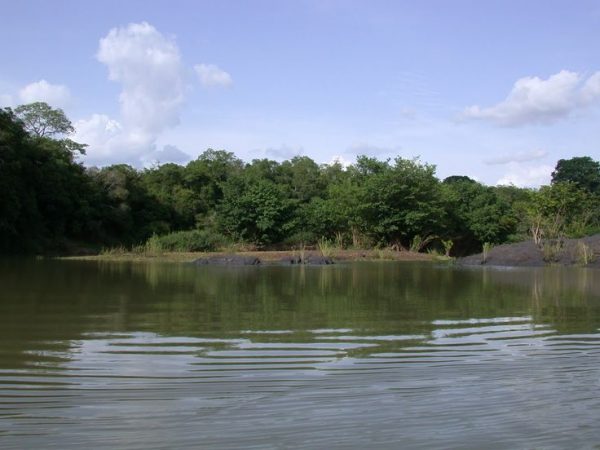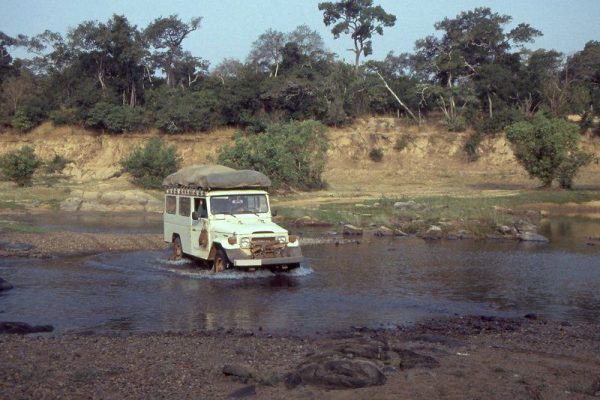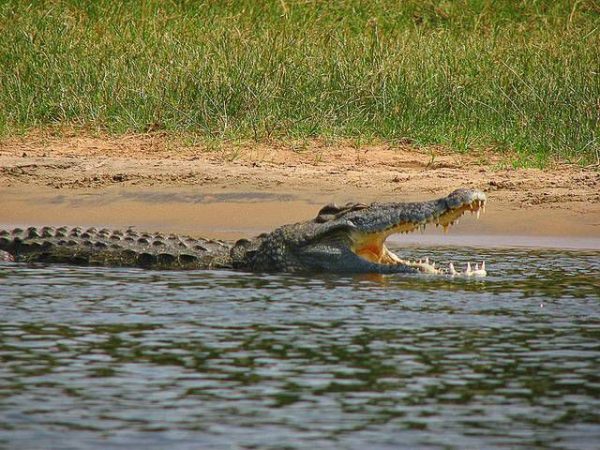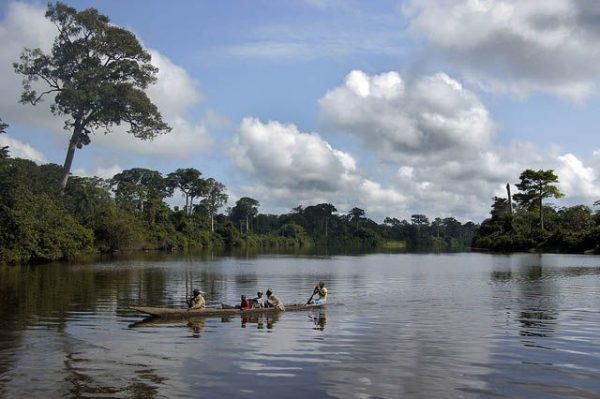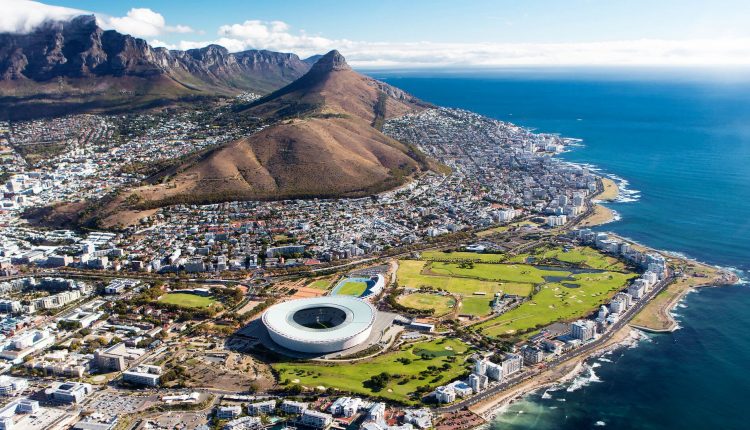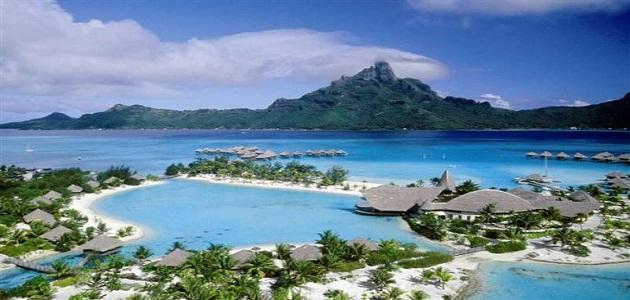A tour of the Comé National Park
Kome National Park is one of the largest protected areas in West Africa
This park is characterized by great plant diversity.
Because of the presence of the Como River, it contains plants that are usually abundant in the south
Like savannas and tropical rainforests.
Information about Como National Park
Como National Park is a biosphere reserve and a UNESCO World Heritage Site
In the Xanzan and savanna regions of Ivory Coast in the north-east of the country.
It is the largest protected area in West Africa, with an area of 11500 km2
It ranges from the humid savanna of Guinea to the arid region of Sudan.
This region follows the climatic gradient between north and south
This allows the park to harbor a multitude of habitats with an impressive diversity of life.
Some animal and plant species find their last refuge in some of the different types of savannas, forests and riparian grasslands
rocky outcrops or forest islands.
The garden was initially added as a World Heritage Site due to the diversity of plant life present around the Como River
Read also:Here is your guide to the most important natural places in SudanIncluding patches in tropical rainforests that are usually only found in the south.
It also facilitates good erosion between two large rivers
The lands in the region are home to relatively infertile soils
and for an appropriate moisture regime to the richer biodiversity of the surrounding areas.
In 2003 it was added to the list of World Heritage Sites in Danger due to poaching
And the absence of management, and overgrazing, and the problems escalated after the outbreak of the first civil war in the Ivory Coast.
Location
Comé National Park, located in the north-east of Côte d'Ivoire
With its surface area of 1149450 hectares, it is one of the largest protected areas in West Africa.
Comme National Park is characterized by great plant diversity. Como River
It runs through the garden, which explains the presence of a group of plants usually found in the southern region
Like savannah grass and patches of tropical rainforest.
The property thus constitutes an outstanding example of a transitional habitat between forest and savannah.
There is a variety of habitats, which breed a wide variety of wildlife species.
Read also:The complete guide to tourism in the city of Saint CatherineBiodiversity
Geographical location of Kome National Park and its vast area specialized in preserving natural resources
It is an ecological unit of particular importance.
The geomorphology comprises broad plains with deep hills and carved by the Como River and its tributaries (Bavé, Iringou Congo)
This allows the growth of wet plants towards the north and favors the presence of wildlife in the forest area.
Comé National Park has an impressive variety of habitats, particularly the savannah grasslands
and riparian forests and grasslands, with a notable example of a transitional habitat from forest to savanna.
Currently, the property is one of the rare hotspots for a variety of biological species in West Africa.
Because of the vegetational geographical conditions and the crossing of the Como River for more than 230 km
The Como National Park teems with a wide variety of animal and plant species.
This location, in fact, makes this region mixed in containing many plant and animal species in West Africa.
It contains about 620 species of plants and 135 species of mammals
(including 11 monkeys, 11 carnivores, and 21 species of artiodactyla)
Read also:Tourism in the Comoros35 species of amphibians and 500 species of birds.
Kome National Park is one of the rare areas in West Africa that has preserved its ecological integrity
to reduce overfishing. Clear and defined boundaries are set to include watersheds or ecosystems as a whole.
Accordingly
The World Heritage Committee recommended that the southwestern part of the park be extended to include the Gorowi and Kongoli mountains.
Protection
In 2003, Komé National Park was included in the List of World Heritage in Danger
Because of the potential impact of civil unrest.
And with the decline in the numbers of large mammals due to illegal hunting.
And the lack of effective management mechanisms. In order to reduce these problems
An effective surveillance system is required throughout
With the establishment of participatory management with local communities to reduce pressures and impacts
Associated with the management of areas located on the perimeter of the property
A sustainable financing strategy is also indispensable for ensuring the necessary human and financial resources for the long-term management of the property.
Visitors and visitor facilities
The park is only open during the dry season between November and April.
Two tourist areas have been established within the park for short and long term visits.
There are hotels in Kakpin, Ganse and a safari lodge in Kafola
Which is popular but expensive. Peak periods for visitors from the south are Christmas and Easter.

Scientific research and facilities
A full inventory of the park's natural resources was made in 1974
With further studies funded by bilateral aid in 1977 and 1980.
Research came under the Man and the Biosphere Program, including work on ungulates in 1983.
and work on climate, vegetation, soil, and hydrology
A study of plants and animals and the extent of pollution has been completed.
The scientific research station has been planned since 1985.
value and preservation
The park includes one of the largest protected areas in West Africa.
The presence of the Como River means that savannah grass and patches of tropical rainforest are found only in the south.
